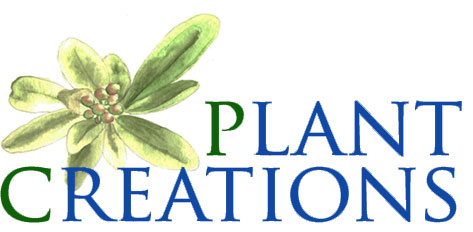Bahama Strongbark (Bourreria succulenta)
Common Name Bahama Strongbark
Latin Name Bourreria succulenta
Family Boraginaceae
Native Yes
Zone 10A-10B-11
Height 10-15;28 Feet
Spread 5-15 Feet
Salt Water Tolerance Moderate
Salt Wind Tolerance Moderate
Drought Tolerance High
Soil Tolerates most soil condition
Sun Full Sun to light shade
Wildlife Attractant Hummingbirds, butterflies, birds
Scurlock, J. Paul (1987) Native trees and shrubs of the Florida Keys. 2nd Ed. Pennsylvania
Main Uses
The Bahama Strongbark tree is great for accents or specimen flowering shrubs. It can make for a visually appealing tree as its branches have a droopy, cascading aspect to them.
This tree is native to south Florida, South America,and the West Indies.
Appearance
The fruit of the Bahama Strongbark consists of bright orange to red round 1/2" drupes, and is considered to be a rare large shurb to small tree with spreading branches.
Wildlife Attractant
The Bahama Strongbark is very attractive to wildlife, such as the Bahamian Swallowtail, Giant Swallowtail, Julia, Large Orange Sulphur, Mangrove Skipper, Southern Broken-dash Skipper and other butterflies.
Birds such as the hummingbird gather nectar from its sweet white flowers.





